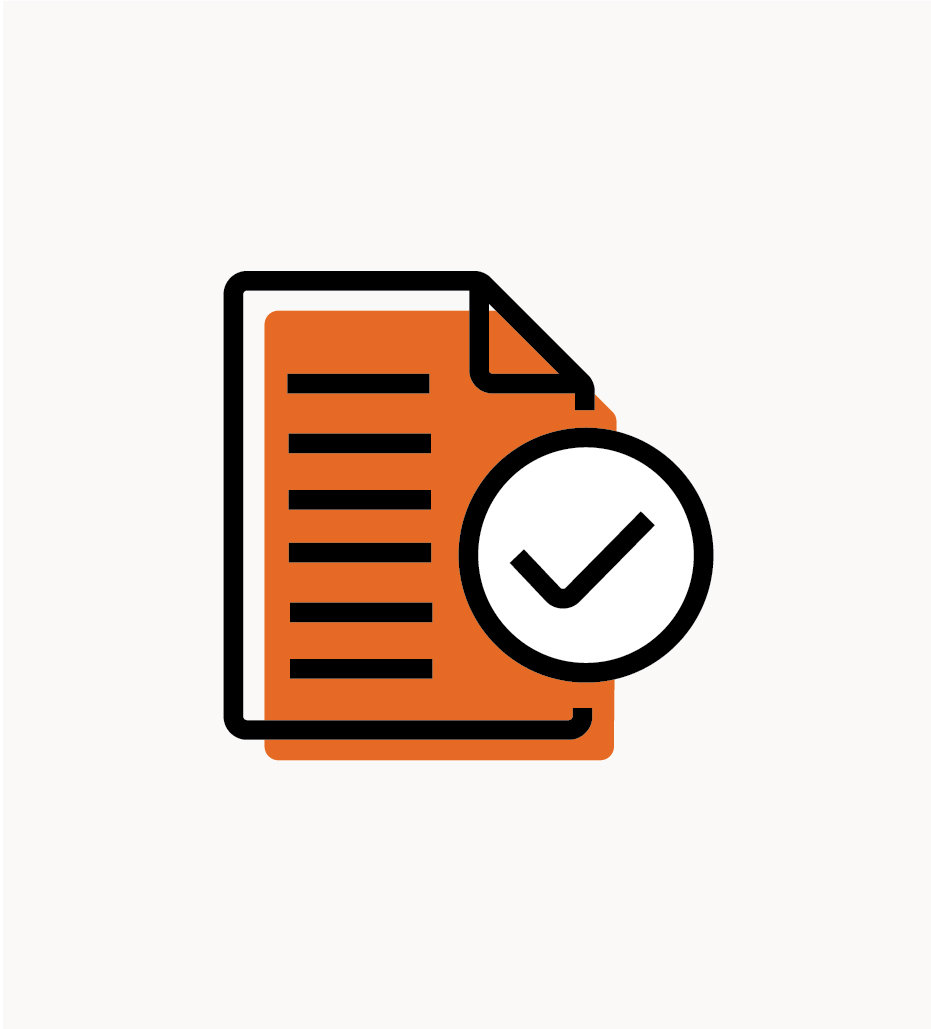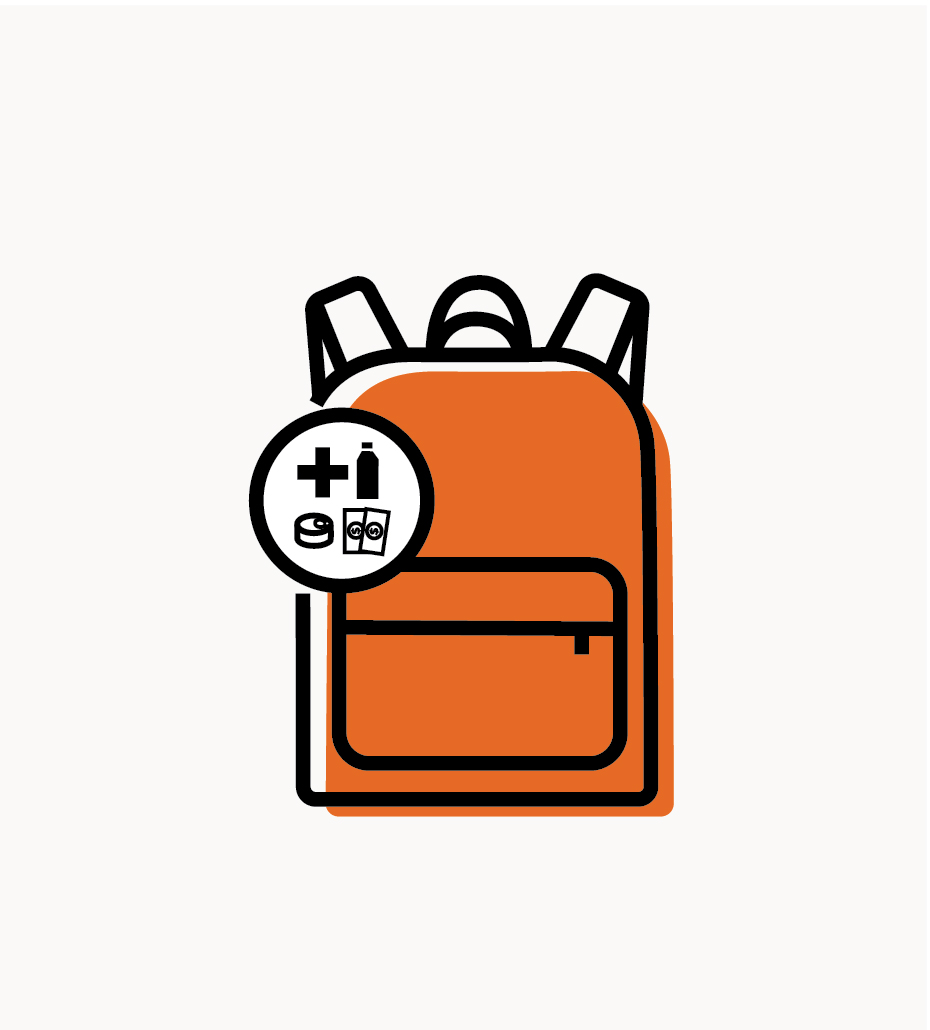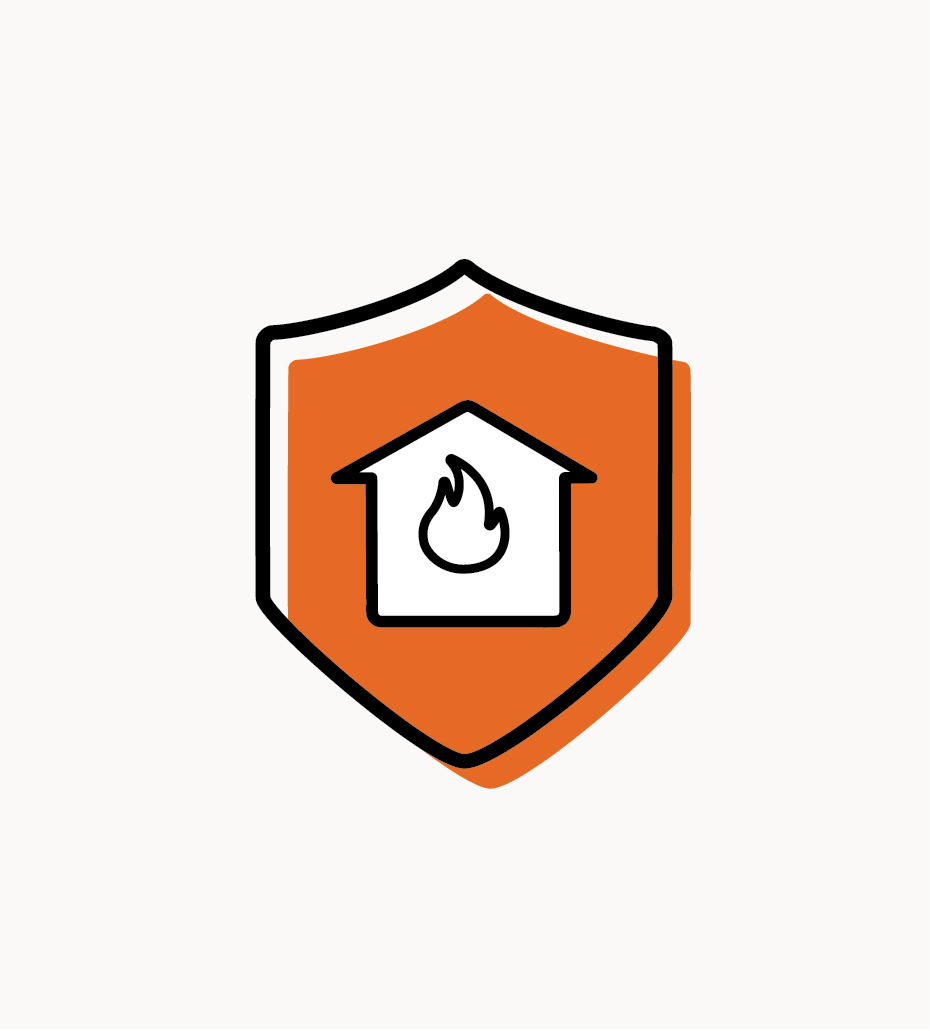4 Steps to Get Ready
Samaritan’s Purse Australian Disaster Relief have been responding to natural disasters since 2009. During a bushfire Samaritan’s Purse partners with local churches and volunteers to help clean properties, cut trees, sift through ashes, and offer physical and emotional support hundreds of individuals affected by the fires. Below are four simple steps to help you prepare for a bushfire: know your risks, make a comprehensive plan, assemble an emergency kit and safeguard your property.
-
Know the Risks
- Understand the risks in your community. Is there a history of bushfires in your area?
- Monitor information on hazards in your area. You can listen to local radio, newspapers and TV. Apps and websites also monitor bushfire activity around Australia:
Australian Capital Territory
New South Wales
Northern Territory
Queensland
South Australia
Victoria
Western Australia
Tasmania - Consider insurance coverage for key risks – health, pet, car, home and contents, and income protection.

-
Make a Plan
- Have a plan to prepare your household for emergencies – write it down. RFS Bush Fire Survival Plan is an example of a comprehensive plan.
- Identify a safe meeting place outside your home.
- Identify a support network of people locally & out-of-town.
- Create copies of health/insurance information.
- Make a record of key phone numbers (in case mobile is lost or damaged).
- Plan for your pets.
- Locate your fire extinguisher/water valve/electrical panel/gas valve.
- Consider the needs of elderly neighbours or family members during an evacuation.

-
Get a 72-hour Emergency Kit
- Water — two litres of water per person per day (include small bottles)
- Food that won’t spoil, such as canned food, energy bars, and dried foods
- Appropriate footwear and clothing
- Flashlight (and extra batteries)
- Wind-up or battery-powered radio (and extra batteries)
- Mobile phone charger
- Blanket or sleeping bag
- First aid kit
- Extra keys for your car and house
- Candles and matches or lighter
- Cash, including small bills
- Basic tools
- Important documents such as identification, insurance, and bank records
- Medication

-
Take Action to Safeguard Your Property
- Cut your grass around your property 10cm or less
- Prune shrubs and trees to stop the spread of fires
- Clean gutters
- Remove material around your property that can burn (wood, mulch, leaves etc.)
- Prepare a sturdy hose/hoses that can be easily accessed
- Store petrol and gas safely
